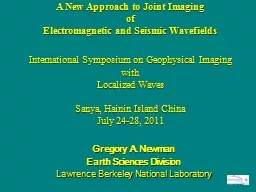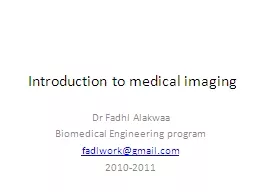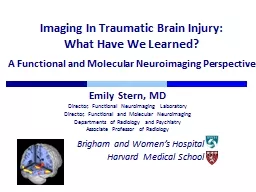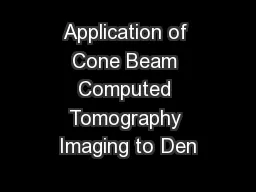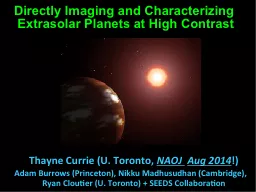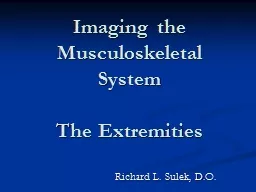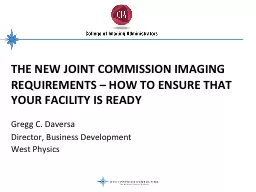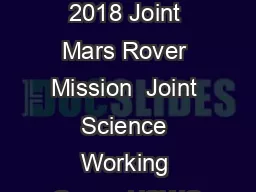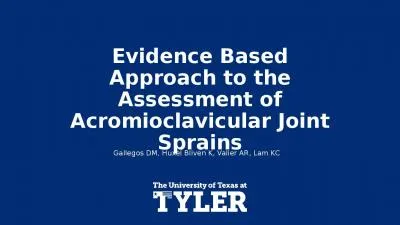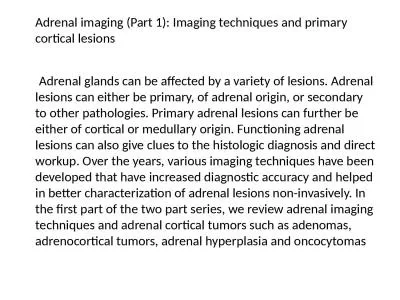PPT-A New Approach to Joint Imaging
Author : trish-goza | Published Date : 2016-07-10
of Electromagnetic and Seismic Wavefields International Symposium on Geophysical Imaging with Localized Waves Sanya Hainin Island China July 2428 2011 Gregory
Presentation Embed Code
Download Presentation
Download Presentation The PPT/PDF document "A New Approach to Joint Imaging" is the property of its rightful owner. Permission is granted to download and print the materials on this website for personal, non-commercial use only, and to display it on your personal computer provided you do not modify the materials and that you retain all copyright notices contained in the materials. By downloading content from our website, you accept the terms of this agreement.
A New Approach to Joint Imaging: Transcript
Download Rules Of Document
"A New Approach to Joint Imaging"The content belongs to its owner. You may download and print it for personal use, without modification, and keep all copyright notices. By downloading, you agree to these terms.
Related Documents

